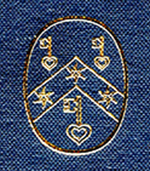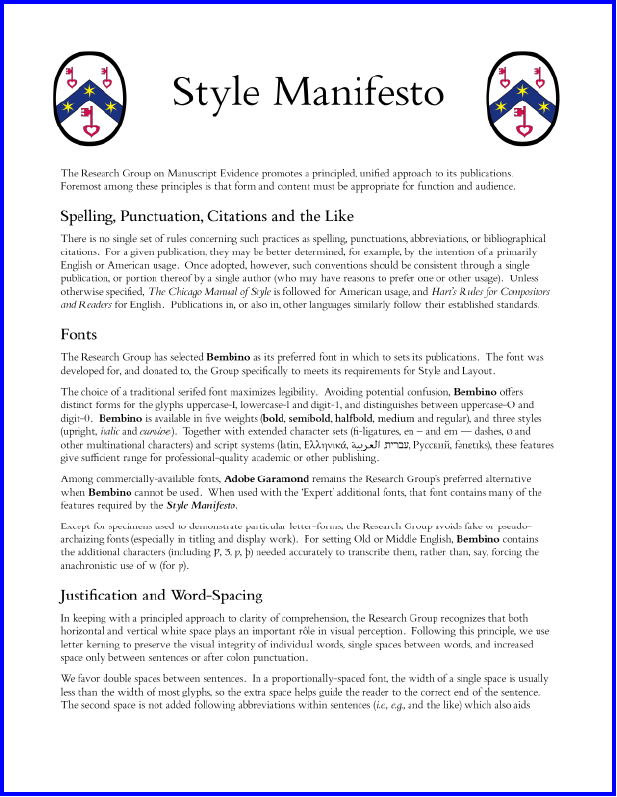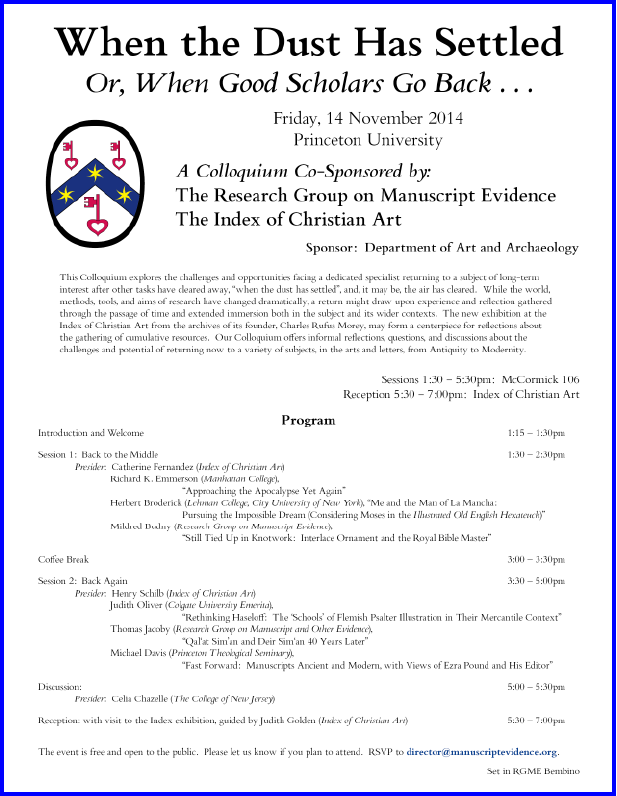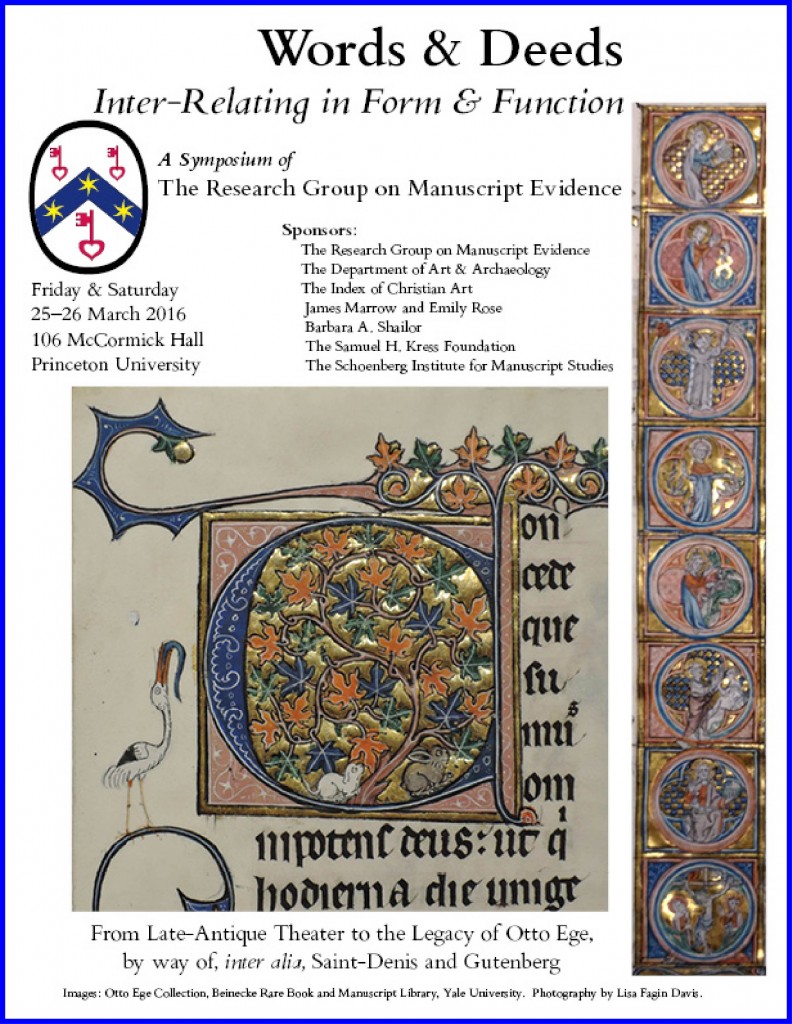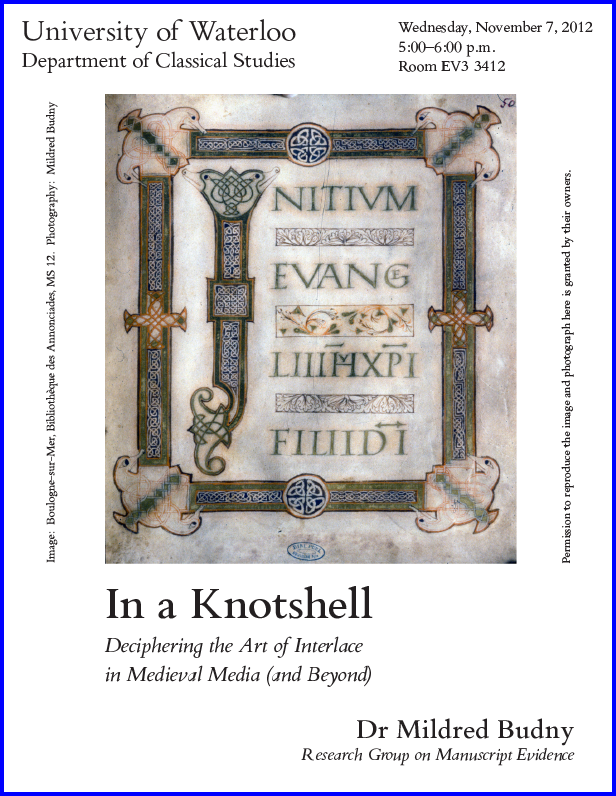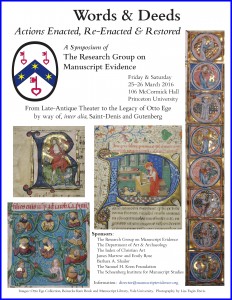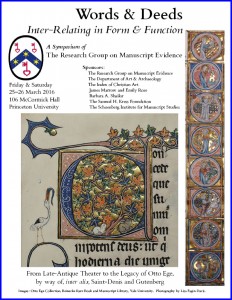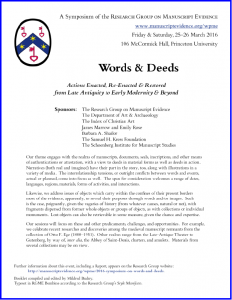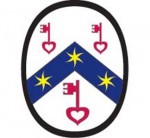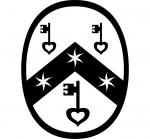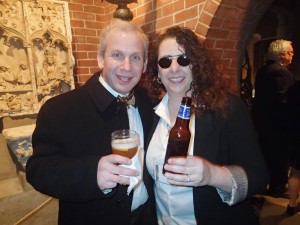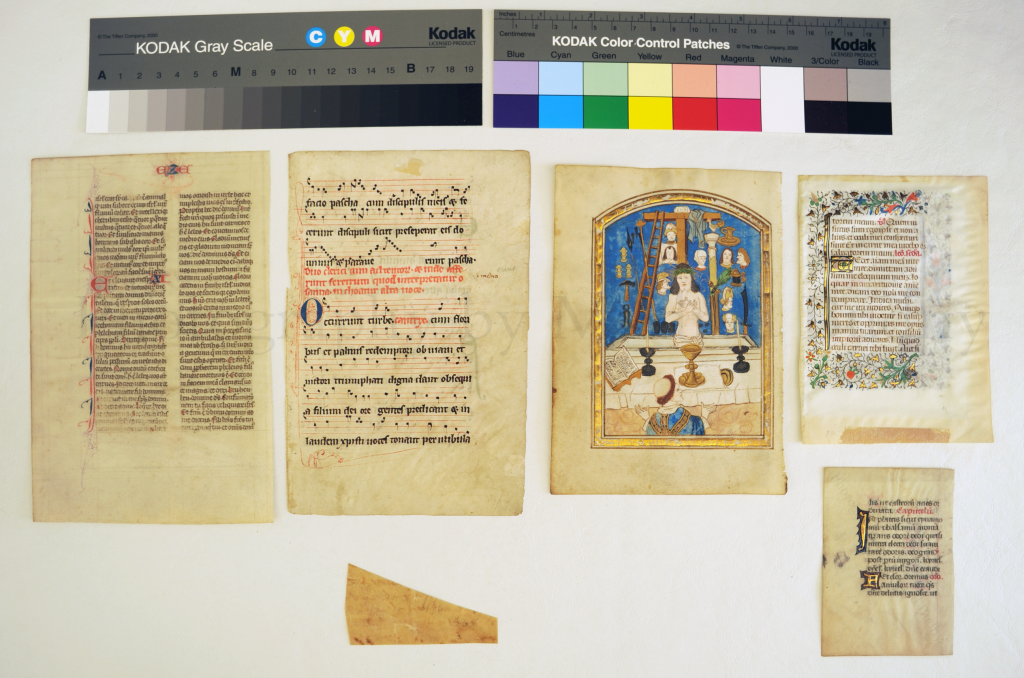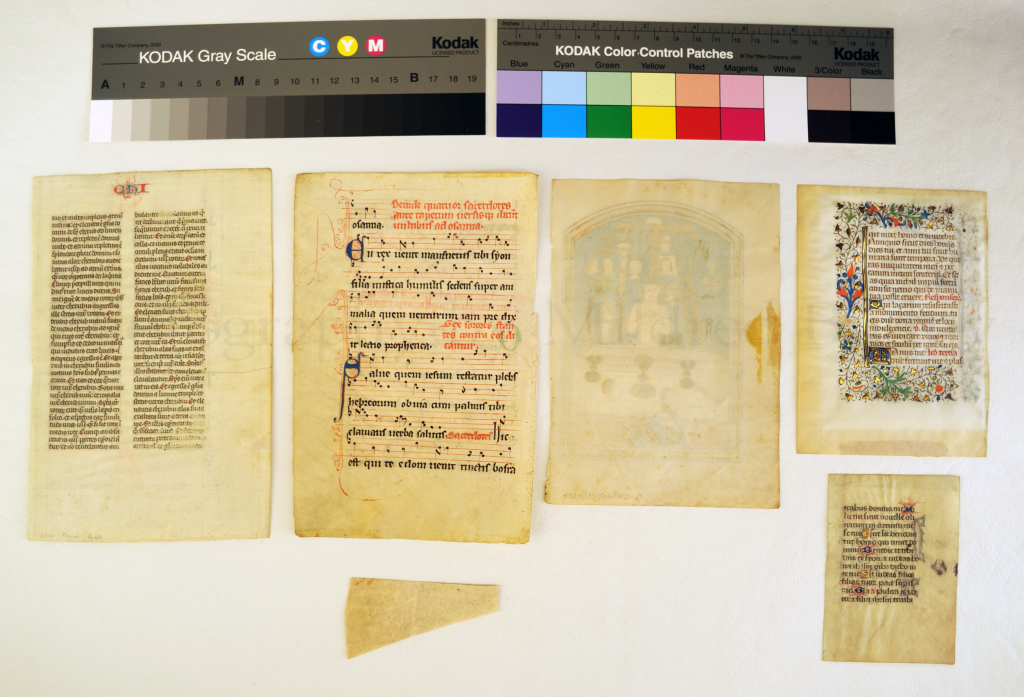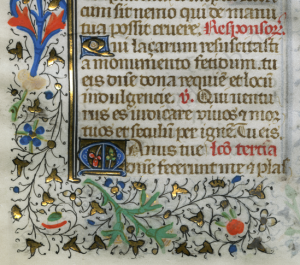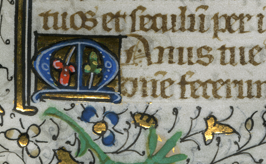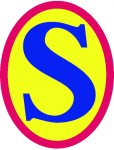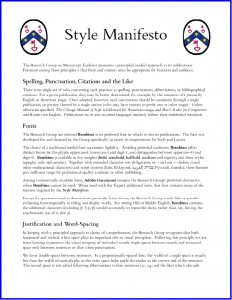RGME Pop-UP Poster Exhibition for the 2024 ICMS
May 4, 2024 in Bembino, Business Meeting, Conference, Conference Announcement, Events, Exhibition, ICMS, International Congress on Medieval Studies, Kalamazoo, POMONA, Postal History at Kalamazoo, Reception
RGME Posters on Display
for the
2024 International Congress on Medieval Studies (ICMS)
9–11 May in hybrid format
[Posted on 3 May 2024]
Our Pop-Up Poster Display for the 2024 ICMS
As the 2024 International Congress on Medieval Studies approaches (9–11 May in partly hybrid format), we unveil our Posters for all our events at this Congress. Our Congress activities form part of our Anniversary Year, celebrating 25 years as a nonprofit educational corporation and 35 years as an international scholarly society. For this year, our Theme is Bridges. Besides considering the nature of bridges, both natural and man-made, and exploring their challenges and opportunities, we take the liberty of creating some new ones — as with this Pop-Up Poster Session or Exhibition for the 2024 Congress.

Natural Owachomo Bridge, Natural Bridges Natural Monument, San Juan County, Utah. Image via Laban712 on en, Public domain, via Wikimedia Commons.
This Virtual Exhibition marks a new development for our evolving tradition of Posters for our different Events, comprising Conference Sessions, Symposia, Colloquia, Seminars, Workshops, Receptions, and more. Here, by bringing the set of Posters into an exhibition of their own, we offer a bridge between our webpost for the Congress; our printed Posters for the in-person event and for souvenirs afterward; and for download in digital form from our website.
Our website Home Page for our 2024 ICMS Activities describes each of these events in turn, with descriptions about their scope and aims, instructions for directions to them, and information about the programs of the individual sessions, also with the speakers’ abstracts for their presentations.
The directions include options to register for online access to scheduled in-person events — some Sessions and our Open Business Meeting — through our RGME Eventbrite Collection (at no charge), so as to provide a fully hybrid approach to the Congress. Similarly, for a scheduled online Session, we have arranged for an in-person approach by reserving a room on campus for in-person attendees of the Congress.
See:
In a Nutshell
Now, the Posters present, in a nutshell, information about each session of papers or meeting, including updated details which did not emerge in time for the published Congress Program, but which our 2024 RGME @ ICMS HomePage has been able to report through revisions as the news reached us.
The RGME tradition for its sessions and other events at the ICMS has been to prepare Posters announcing, promoting, and celebrating the people participating in creating them; providing evocative illustrations encapsulating or, as it were, commenting upon them; and given concise information about the event and its logistics of time, place, and modes of arrival.
Over the years, the RGME Director, Mildred Budny (also Editor-in-Chief of Publications), has prepared the Posters for our ICMS activities (as for other Events), with the inspiration of images generously provided by our Associates and others, notably including David W. Sorenson, and with the help of the RGME Font and Layout Designer, using the RGME copyright digital font Bembino and RGME principles for our Publications, set out according to our Style Manifesto and our specifications for Designing Academic Posters.
Usually, the Director would bring the Posters to the ICMS for unveiling at the Congress, in printed copies displayed in various places (as a group upon general poster boards or individually at the door or on the wall of the session or meeting itself.
2014 ICMS
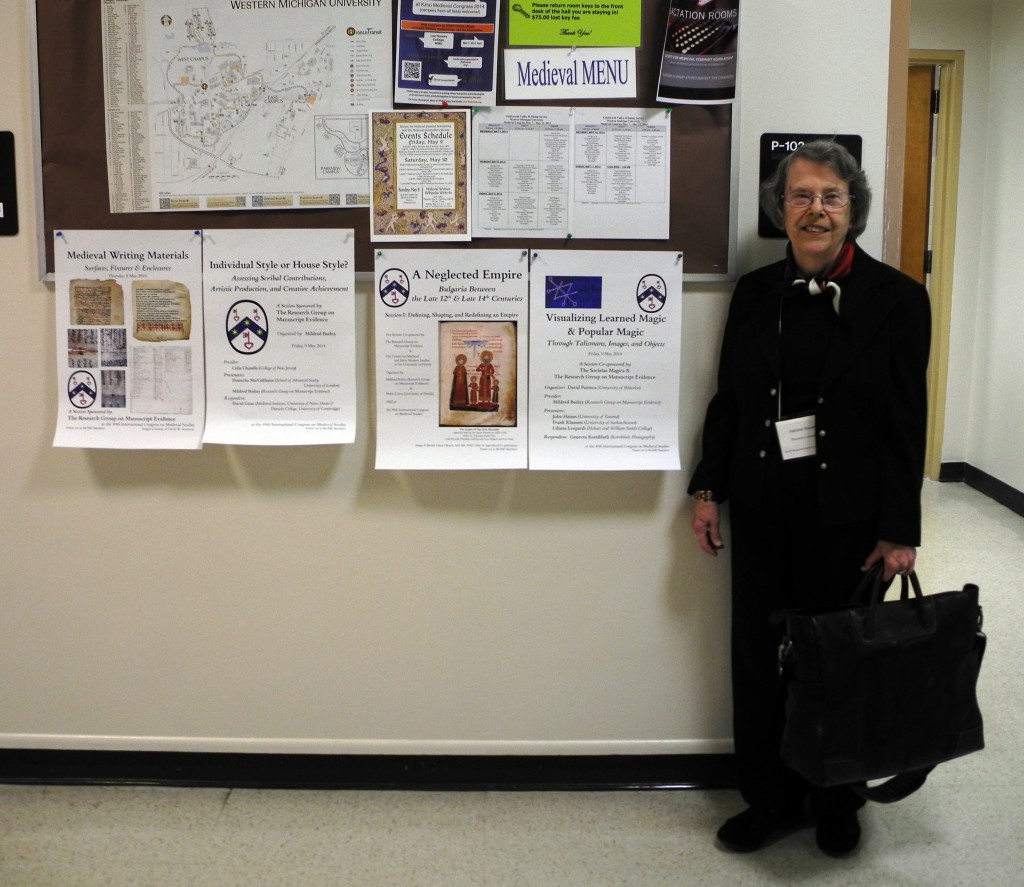
Adelaide Bennett stands beside the RGME Posters on display for the 2014 ICMS. Photography by Mildred Budny.
2015 ICMS

Derek Shank stands beside the RGME Poster Display for the 2025 ICMS. Photography by Mildred Budny.
Fit to Print, Free to Keep
Each year, we bring printed copies to display on walls, doors, and boards, where permitted, and also to give to speakers, contributors, and others wishing souvenirs. We offer them also in digital form, to be downloaded free of charge on our website. The links for these downloads are indicated in the HomePage for the event (or in other locations on our website).
Online Exhibition
Until now, our habit has been to place the Posters, once they are ready, within the HomePage for the event. Thus usually occurs at a late stage in the preparations for the year’s Congress, once the final details have settled into place and most of our other tasks of preparation have taken precedence.
This year, in order to allow the Posters to stand alongside each other to tell their stories in unison, we present a curated Gallery or Pop-Up Poster Exhibition for your enjoyment.
The Posters tell in a nutshell the information you might need and wish to know about the event itself, how and where to find it, who is featured in its presentation, and what feature image or images might evoke its essence.
The information includes updated information which the Congress Program does not have, as some logistics evolved after the publication of the Congress Program, and as some details do not have a place in its structure.
Two-By-Two as Pairs or Diptychs
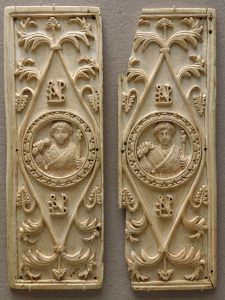
Paris, Louvre Museum, Ivory consular diptych of Areobindus, Byzantium, 506 AD. Image Public domain, via Wikimedia Commons.s
Note that, in recent years, we design the posters for individual Sessions as Pairs, to be viewed as Diptychs, in matching sets similar to the facing pages of an opened book.
In a given Pair, one Poster displays the names of the people responsible for the Session or Roundtable. The other exhibits a feature image or two.
While they share identifying elements, each poster in the pair reports information unique to it, so that the two posters provide more information than can one alone. Together they report a concise comprehensive indication of the ensemble which the event represents, encompassing people, a place, a time, and a focus for consideration.
Meetings
Anniversary Reception

2024 Anniversary Reception at the ICMS: Poster.
Open Business Meeting
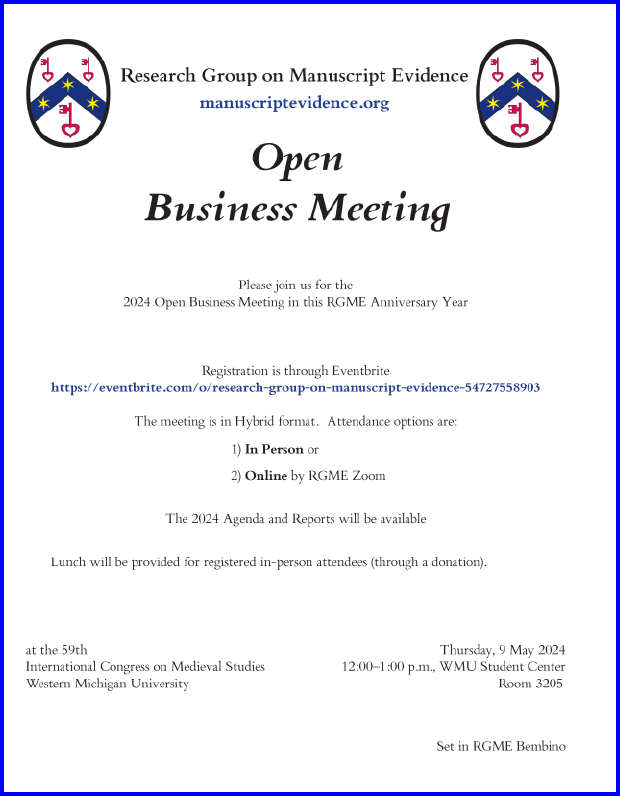
2024 RGME Business Meeting Poster
Sessions and a Roundtable
“Alchemical Manuscripts, Printed Books, and Materials”
Poster 1
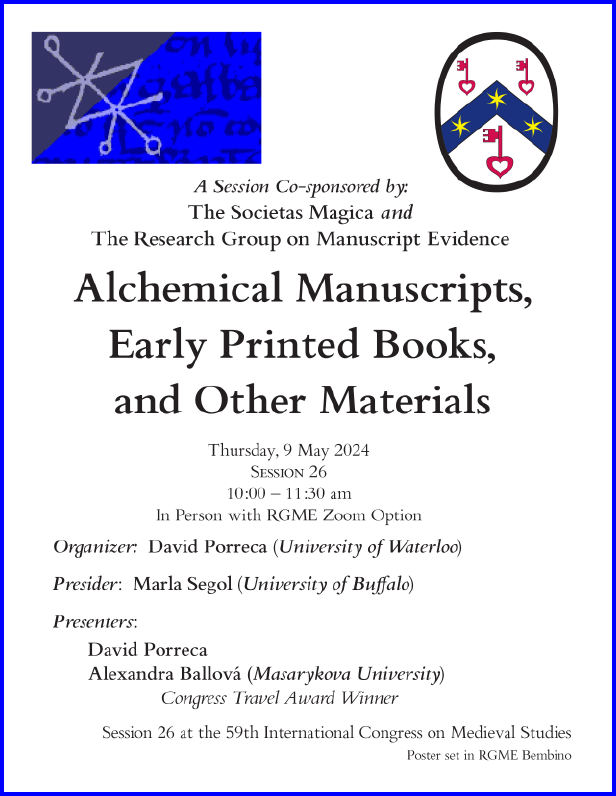
2024 ICMS Alchemical Session Poster 1
Poster 2
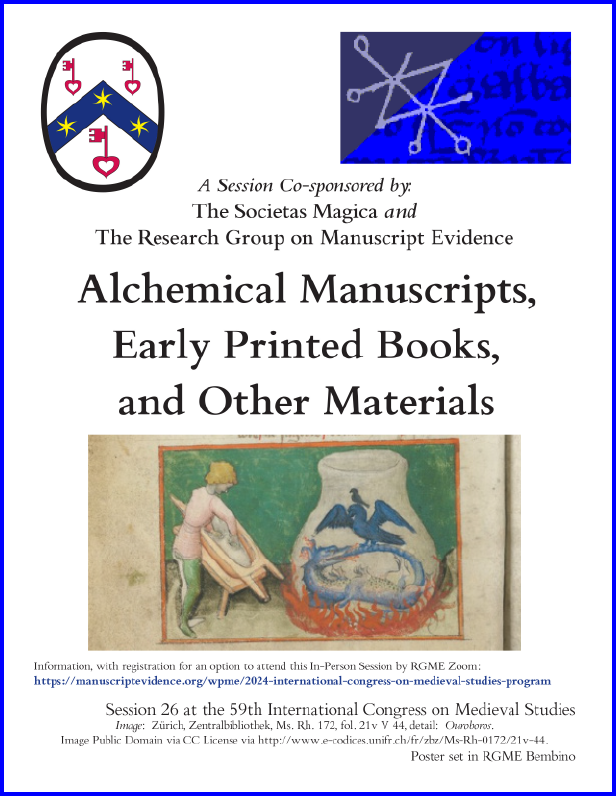
2024 ICMS Alchemical Session Poster 2
2. “Retrospect and Prospect”
Poster 1
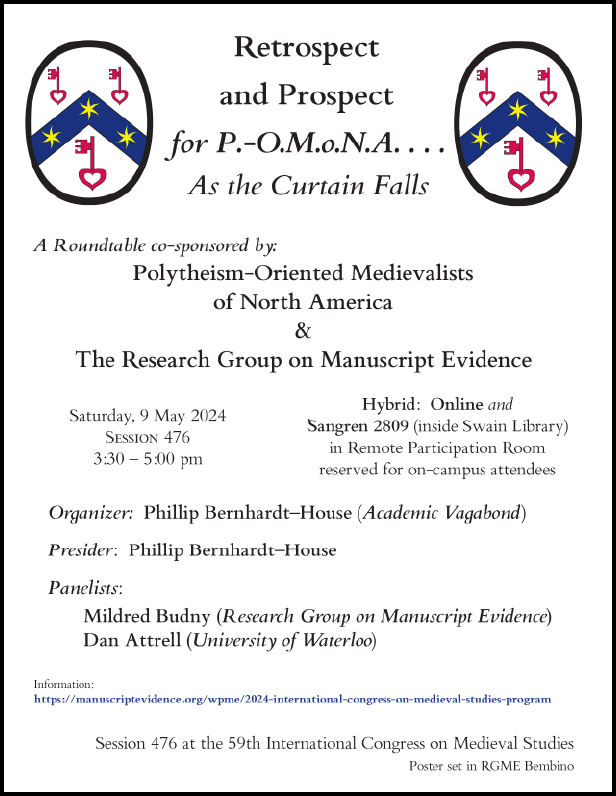
2024 ICMS “Retrospect and Prospects” Session: Poster 1
Poster 2
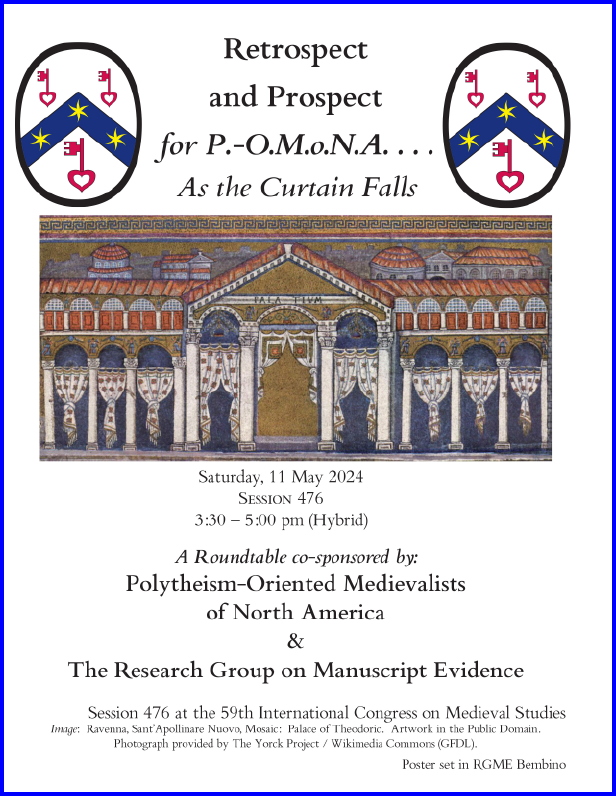
2024 ICMS “Retrospect and Prospects” Session: Poster 2
3. “Letters, Couriers, and Post Offices:
Mail in the Medieval World”
Poster 1
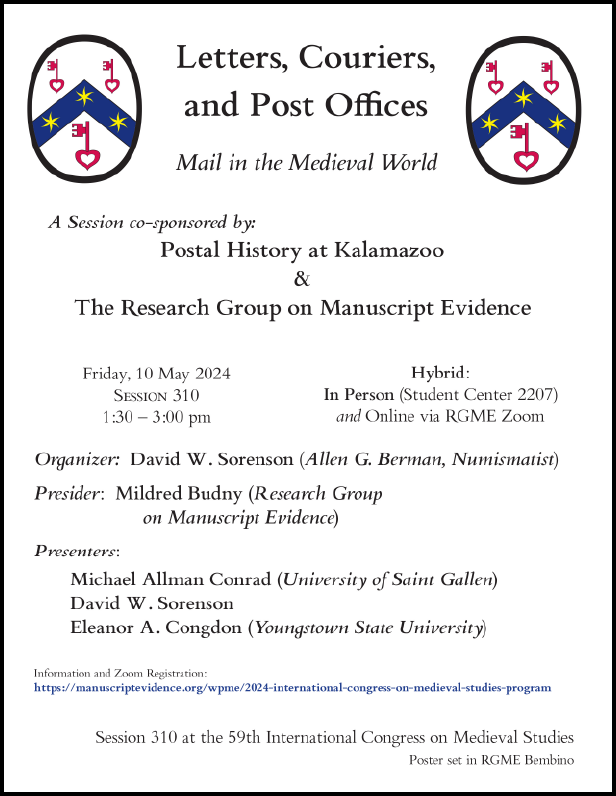
2024 ICMS Postal Session: Poster 1
Poster 2
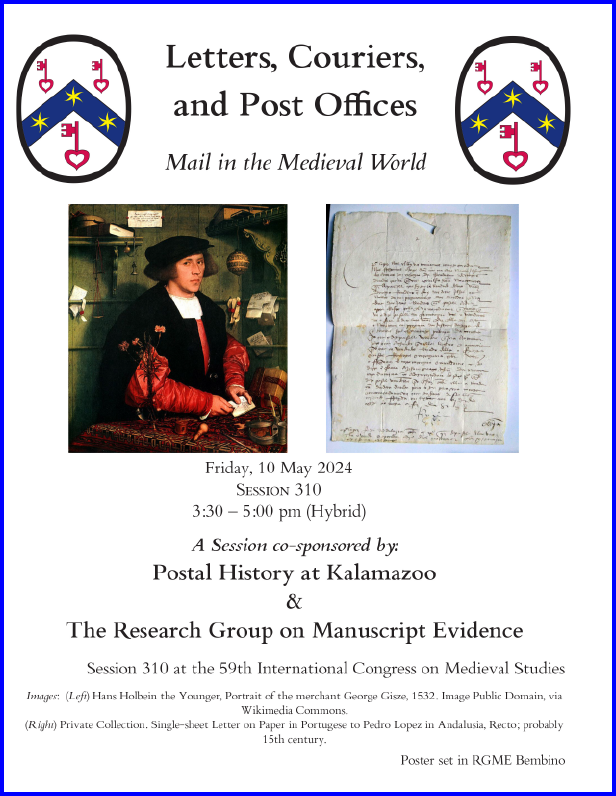
2024 ICMS Postal Session: Poster 2
*****
Suggestion Box
Do you like this Pop-Up Exhibition? Would you like to see more of them?
Please Contact Us or visit
- our FaceBook Page
- our Facebook Group
- our Twitter Feed (@rgme_mss)
- our Bluesky nest @rgmesocial.bluesky.social)
- our LinkedIn Group
- our Blog on Manuscript Studies and its Contents List
Donations and contributions, in funds or in kind, are welcome and easy to give. Given our low overheads, your donations have direct impact on our work and the furtherance of our mission. For our Section 501(c)(3) nonprofit educational organization, your donations may be tax-deductible to the fullest extent permitted by law. Thank you for your support!
We look forward to hearing from you.
*****

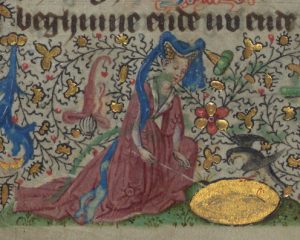
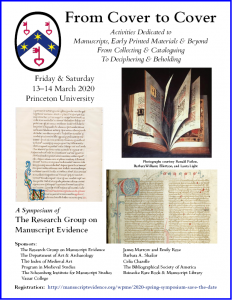
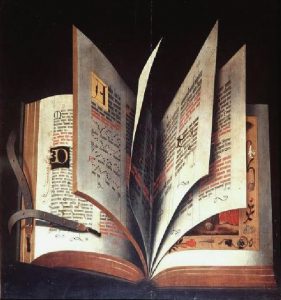
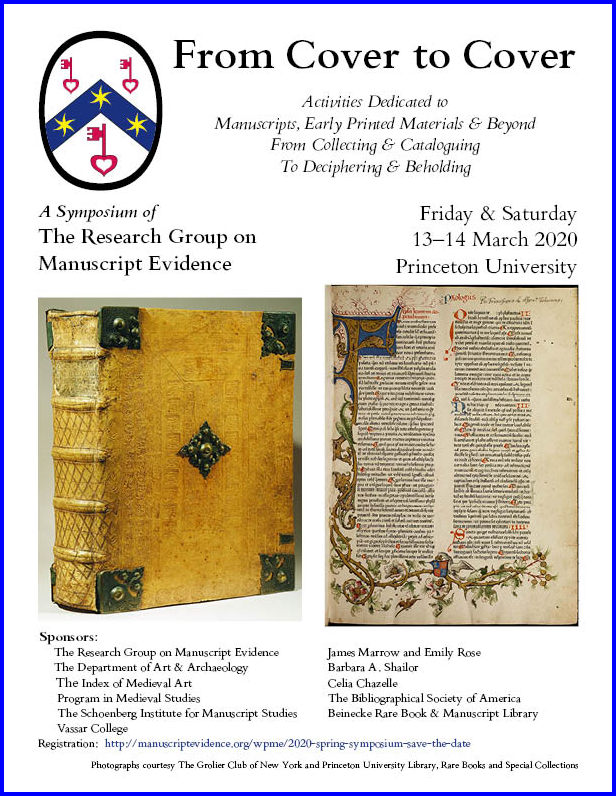
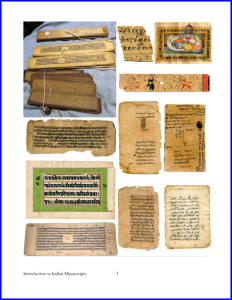
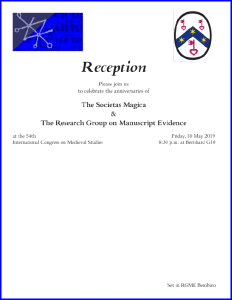
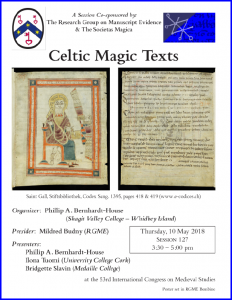
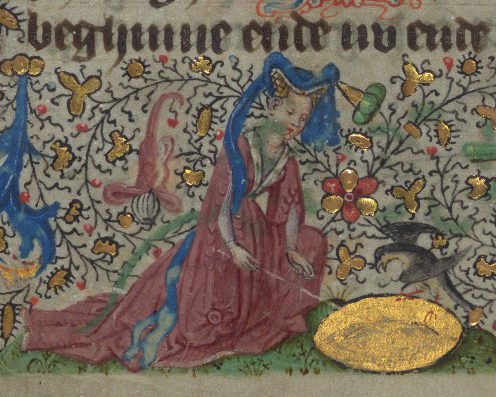
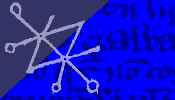
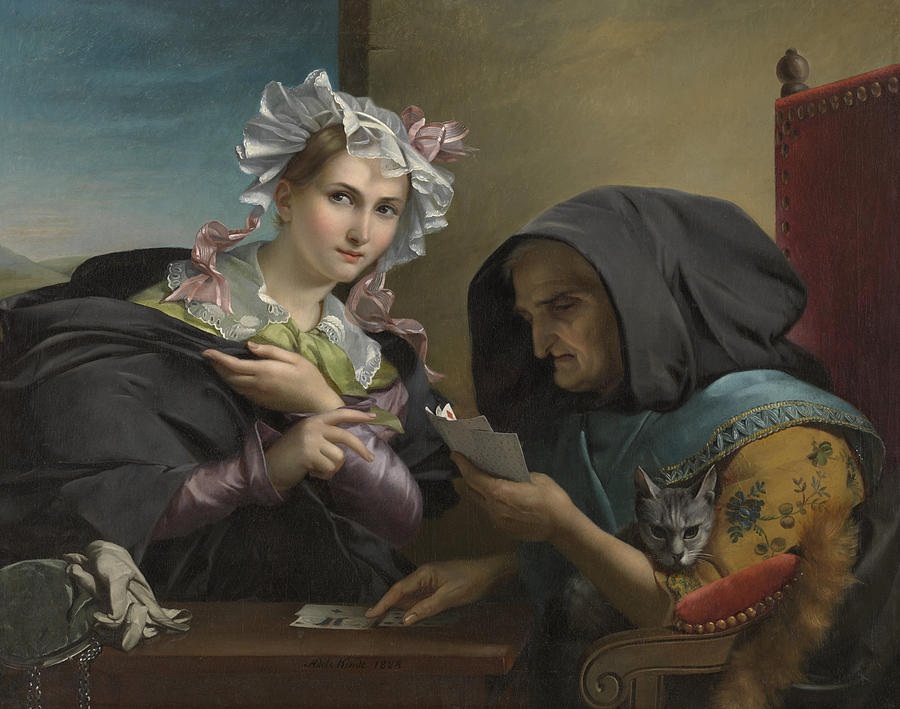
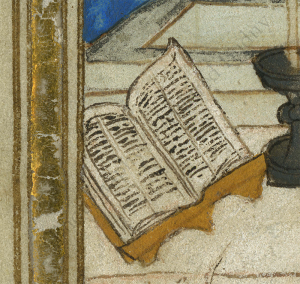 Our custom is to post on our website the Abstracts for the Papers of our Sessions at the Congress. (See our
Our custom is to post on our website the Abstracts for the Papers of our Sessions at the Congress. (See our 
